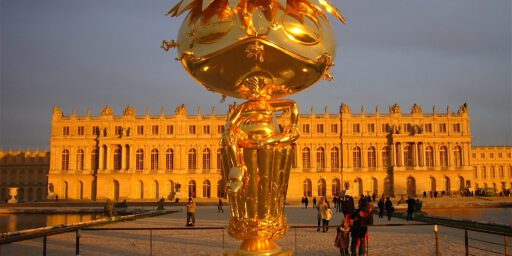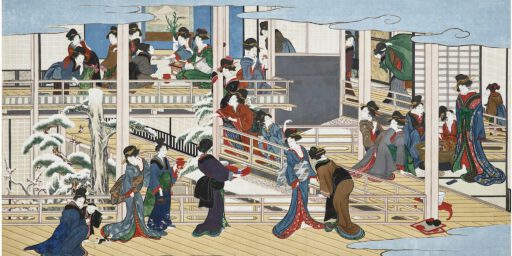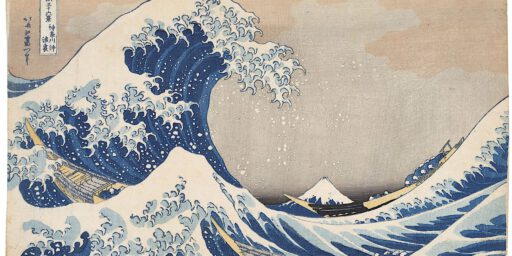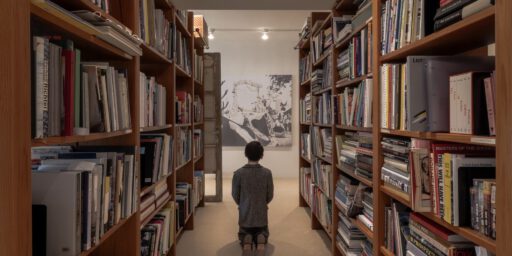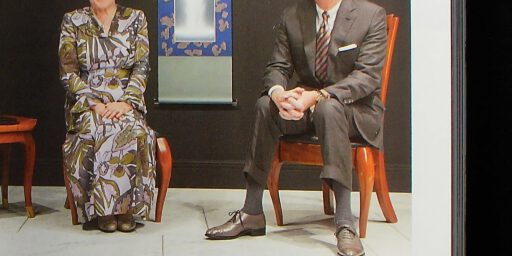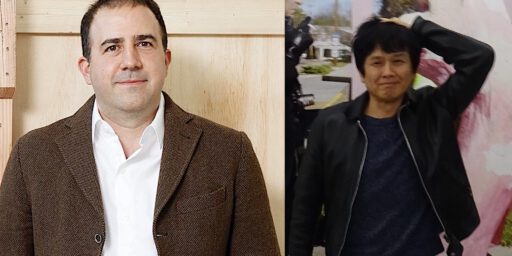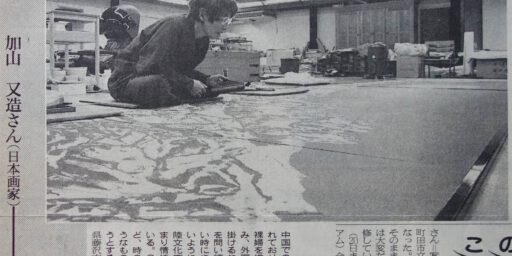Respected Sebastião Salgado R.I.P. 尊敬されているセバスチャン・サルガド R.I.P.
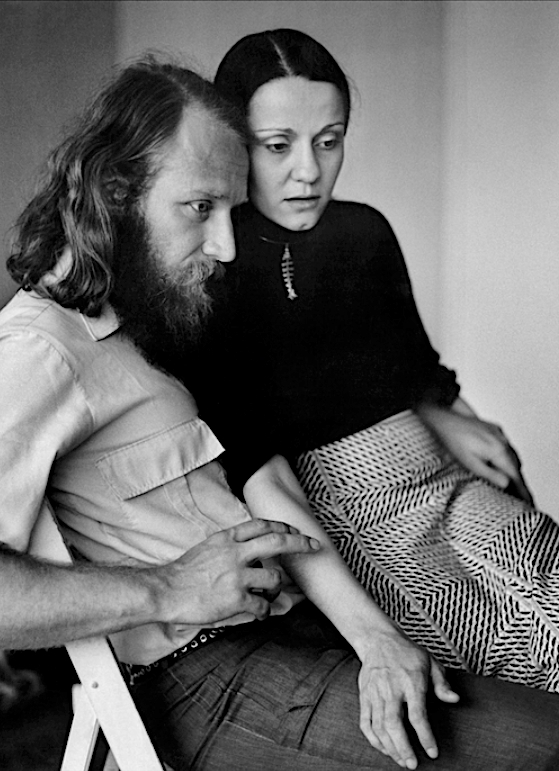
Nota bene: You have to do justice to the material, the works you find, you uncover about a creative, outstanding person.
The accusation against Salgado’s pictorial aesthetics simply demonstrates a lack of knowledge of visual language. Everything depicted ultimately appears aestheticized. Even if, as in Robert Frank’s case, it is done from a decidedly anti-aesthetic perspective that merely created a new aesthetic.
Compare Robert Frank:
Robert Frank, born in Zürich vs Mario A, born in Baden/Switzerland
「The Americans」を巡って
https://art-culture.world/articles/robert-frank-americans/
The visual impression alone demonstrates how stupid the accusation is. For the aesthetic representation of misery often provokes the contradiction that characterizes capitalist society and its mentality in the most unbearable way. Learn to see, idiot!
https://ja.wikipedia.org/wiki/セバスチャン・サルガド
The world-renowned photographer Sebastião Salgado has died at the age of 81. This was announced by the French Academy of Fine Arts in Paris, of which he was a member. The photographer with Brazilian and French citizenship has become world famous with his black and white pictures, film director Wim Wenders portrayed him in 2014 in the Oscar-nominated documentary “The Salt of the Earth”. “The country was just a dusty steppe. There was nothing left of the birds, the alligators, the majestic forests and all the wonders that had animated them in Sebastião’s youth,” Wenders describes in the film the moment when Sebastião Salgado returns to his family’s estate after decades. Uncontrolled deforestation has transformed the area in the Brazilian state of Minas Gerais, which he had known as a child as a lush rainforest, into a broken steppe destroyed by erosion. The image of wasteland and devastation is also a metaphor at the same time – for Salgado’s own state in the mid-1990s. What made him, shaped his life and made him famous all over the world – that’s exactly what threatened to destroy him inside at the time. “For me, photography is a way of life in which my language is photography, whether I find something beautiful or completely destroyed, whether it excites or horrifies me,” he said.
Salgado, who had actually studied economics and later fled to Paris from the military dictatorship in Brazil, came to photography rather by chance. He took pictures with his wife’s Leica during business trips. His extraordinary eye for light and shadow made him famous: moving black and white images were created, first from Africa, then also from Europe and Latin America. He was constantly on the road: “As a photographer, you can’t just stop. It’s like riding a bike. You have to keep kicking.” Most of the time, however, he was on foot. He traveled many thousands of kilometres, also captured with his camera what no one wanted or could see: pictures of the victims of the genocide in Rwanda, starvation dead in the Sahel zone and gold seekers who crowded thousands in a dirty mine. They are images of exploitation, destruction, suffering and misery, in which aesthetics and beauty have always been. This also earned him criticism: the social photographer who exploits the misery of the suffering, called him a critic. Salgado replied: “The moral question cannot be whether one can show catastrophic conditions or not. I think we have to show them.” People need to understand what’s happening. “Everyone has to be affected, and given the opportunity to change something or not,” said the photographer. “It’s not about whether you take such photos or not. The pictures are harmless compared to reality.”
But at some point he himself no longer managed to process what he had seen. Salgado became ill, his immune system collapsed. “We humans are very wild animals. Terrible animals. Our history is a history of endless wars.” Together with his wife, he returned to the farm of his childhood in Brazil, they began planting forest again in the desolate countryside and created with the “Instituto Terra” one of the largest afforestation projects in Brazil. “It is a joy to see how all plant species return, and the animals – which we believed were extinct in our area forever. For us, this forest is a sanctuary,” he said of his project.
It was a new beginning, also for his photography: First he created a counter-project to war and destruction with the project “Genesis” – the creation. This was followed by “Amazônia” – an impressive tribute to the beauty of the earth’s green lung and the indigenous peoples who preserve it. At the same time, these images are also a warning and a reminder to humanity not to destroy this world. “Sebastiao Salgado was much more than one of the greatest photographers of our time,” wrote the “Instituto Terra” he founded after his death became known. “Together with his partner Lélia Deluiz Wanick, Salgado sowed hope where devastation prevailed, expressing the idea that the restoration of the environment is also a deep gesture of love for humanity.”

